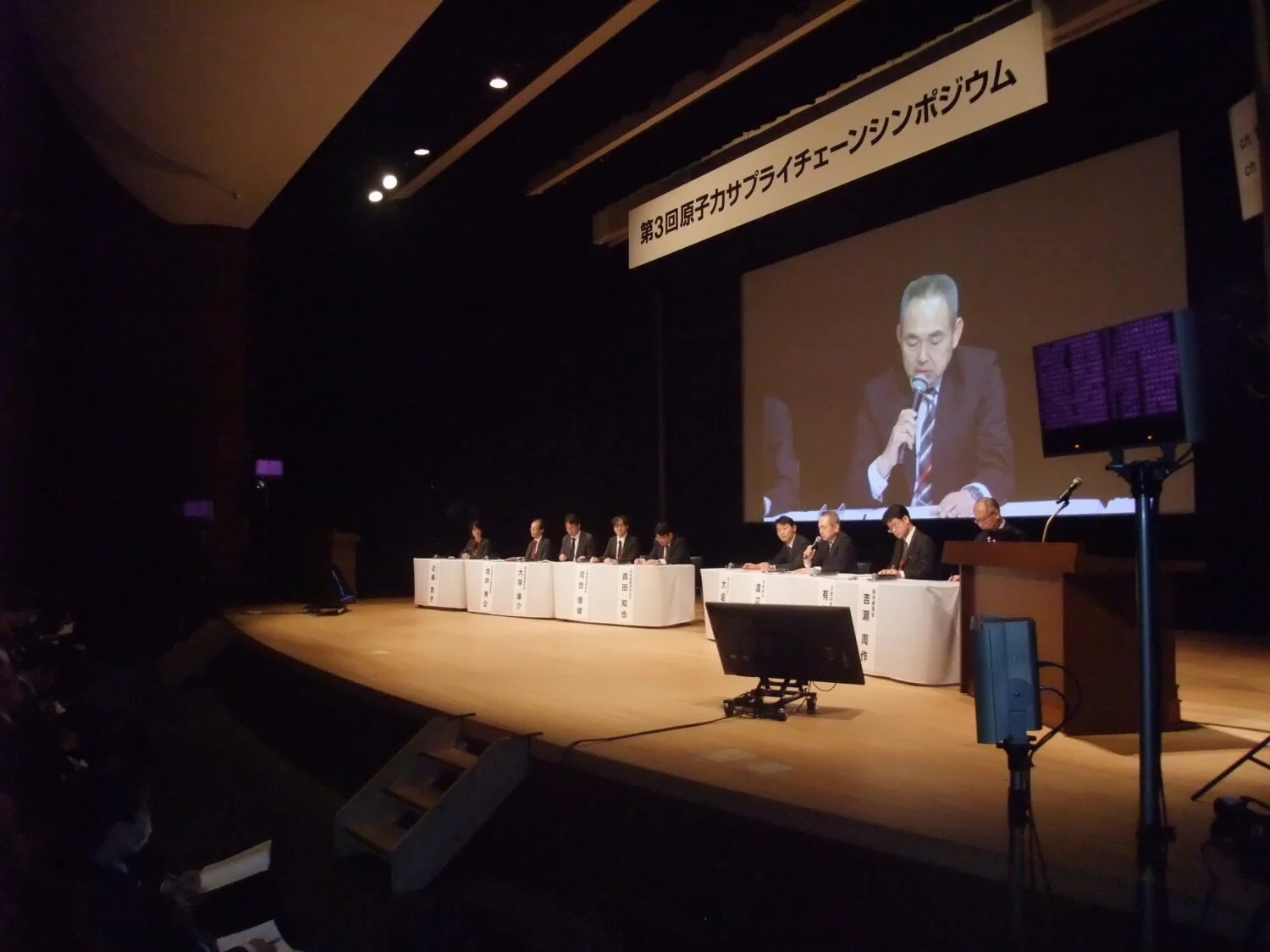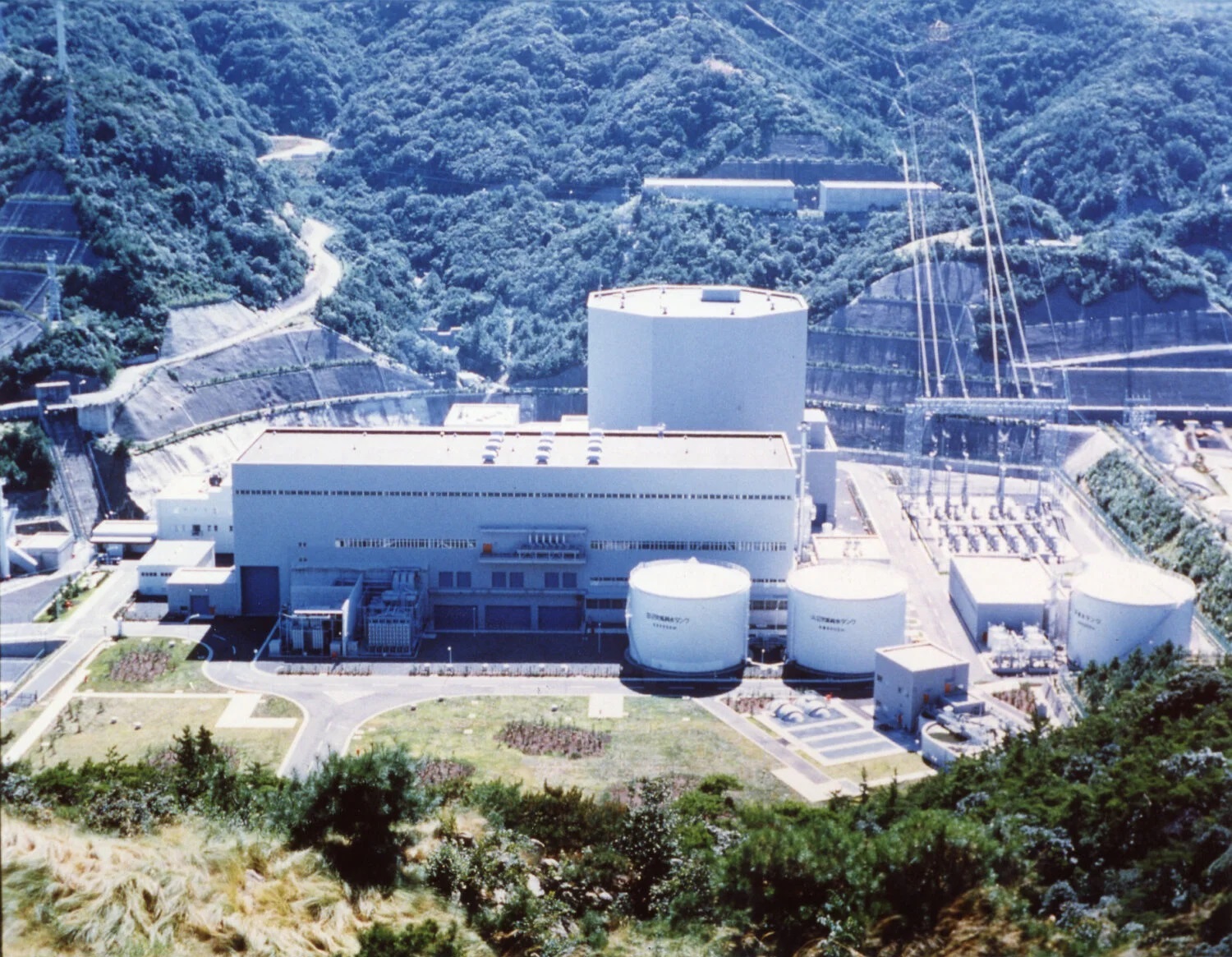In November 2022, after the Japanese government had presented its policy on promoting Green Transformation (GX), the working group drew up a rough technology roadmap for developing advanced reactors toward the realization of carbon neutrality and energy security.
The roadmap classified reactors into five types: advanced light water reactors (LWRs), smaller LWRs, fast reactors (FRs), high-temperature gas-cooled reactors (HTGRs), and nuclear fusion reactors. Those were then evaluated along multiple axes—technology readiness levels (TRLs) with timelines, sufficiency of supply chains, marketability, and ripple effects in non-energy areas—which the working group would then probe more deeply.
Following the discussions at its previous meeting in December 2023 about the roadmap by the Nuclear Energy Subcommittee (organizationally situated above the working group), as required, the working group then identified issues to be addressed in relation to supply chains and human resources. Those issues were related to the demonstration of fast reactors and HTGRs (from among next-generation reactors).
Also, in order to specify a conning-tower organization for each demonstration reactor, it was then decided that the working group would the address necessary capabilities and composition of teams.
At the beginning of the meeting, remarks were made by the current chairman, Professor SAITO, who succeeded in that position from KUROSAKI Ken of the Institute for Integrated Radiation and Nuclear Science at Kyoto University (KURNS). Referring to the significance of next-generation advanced reactors, he said, “The working group will redefine a new societal value for nuclear power and present a route to reactor development for the nation,” setting the stage for the discussions to follow.
Next, a representative of the Agency for Natural Resources and Energy (ANRE) explained developments in nuclear energy since the previous meeting. Referring to the review of the Strategic Energy Plan that had begun in May 2024, he talked about the need both to consider steadily promoting restarts of existing nuclear reactors and to specifically replace existing nuclear reactors with next-generation advanced reactors as decarbonization power sources.
Previously, in regard to societal implementation of nuclear fusion—a focus of the working group’s meeting this time—the Cabinet Office (Science and Technology Policy) had discussed cooperation within the industry as well as regulatory responses.
Next to speak at the October 22 meeting was KONISHI Satoshi, chair of the Japan Fusion Energy Council (J-Fusion), who was attending as a special member. J-Fusion, comprising 75 relevant companies and organizations, was established in March 2024.
Konishi emphasized the usefulness of nuclear fusion as a major energy source in the era of decarbonization. With the goal being set of demonstrating fusion power sometime in the 2030s, he described the current state of development and competition overseas, including venture efforts. He also presented a roadmap for the realization of the demonstration of fusion power via different types of plasma confinement devices, and raised various issues.
Specifically, in terms of business creation, Konishi asked the national government to strengthen its support by producing a specific plan for early achievement, a promotion system, the selection of a site, the development of regulations and a legal system, and international cooperation.
He also identified various technological challenges ahead in achieving helical and laser types of plasma confinement in addition to tokamak-type confinement such as in the International Thermonuclear Experimental Reactor (ITER) Project, as well as their prospects.
Since March, the Nuclear Regulation Authority (NRA) of Japan has been discussing regulatory standards for the SRZ-1200 (being developed by Mitsubishi Heavy Industries) via exchanges of opinions with the Atomic Energy Association (ATENA) and chief nuclear officers (CNOs) of several companies. That reactor is drawing attention as an advanced light water reactor (LWR)—the most likely to be realized.
OHNO Kaoru of JAIF’s Department of Information and Communications, who also attended the meeting as a special member, asked that the roadmap also include the technologies of other companies, such as the HI-ABWR (Hitachi GE) and the iBR (Toshiba Energy Systems), together with discussion schedules.
She also asked the government to address active economic support for the technological development of advanced LWRs and to promote their introduction.




-1.png)
























